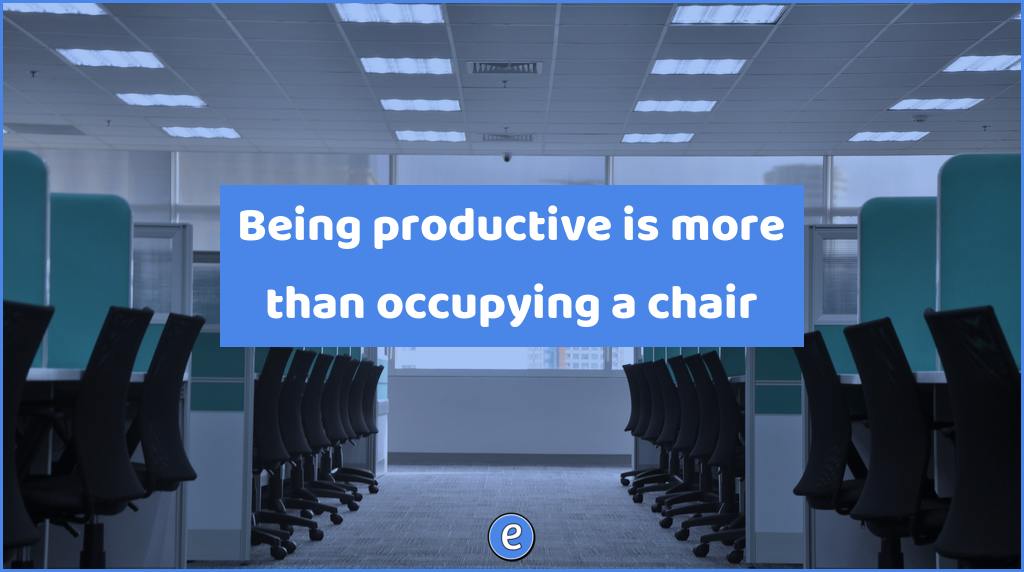Being productive is more than occupying a chair
The body-in-seat mentality is one of the most insidious, and destructive concepts in modern management. Essentially it means that when employees have their bodies-in-their-seats, it means they’re productive.
It’s ludicrous on its face; if you’ve ever forced yourself to sit at your desk for eight straight hours, you know that having a body-in-the-seat does not equal productivity. In fact, virtually every knowledge worker knows that if you work in intense bursts, interspersed with mental disconnect breaks, your productivity will be far greater. That’s the opposite of the body-in-seat mentality.
This year will be examined in great deal for years to come. What worked, what didn’t work, how did the world change. In education, the consensus seems to be that virtual learning didn’t work. But why?
Let’s eliminate the technical issues for a moment. The US lacks decent broadband for a lot of its population. Hardware, however, is harder to brush off because it’s never been as cheap as it is now to put a powerful device in a students hand. For example, look how well this $100 9 year old Lenovo Thinkpad X220 performs. If you don’t want to go with Linux, you can make almost any laptop a Chromebook. There are still broadband access issues too, and I don’t have a good solution for that.
Past the technology, there is a definite lack of self motivation on the part of some students. They are used to being told to be here at this time, for this long, and performing this task. If they had a problem, they would rather ask the teacher then try to figure it out on their own. Now, I’m generalizing quite a bit, there are students that thrived with online learning, but that doesn’t make the news.
We can start the conversation at looking at virtual learning as it’s own learning space, not as a different version of what goes on in a school building.






